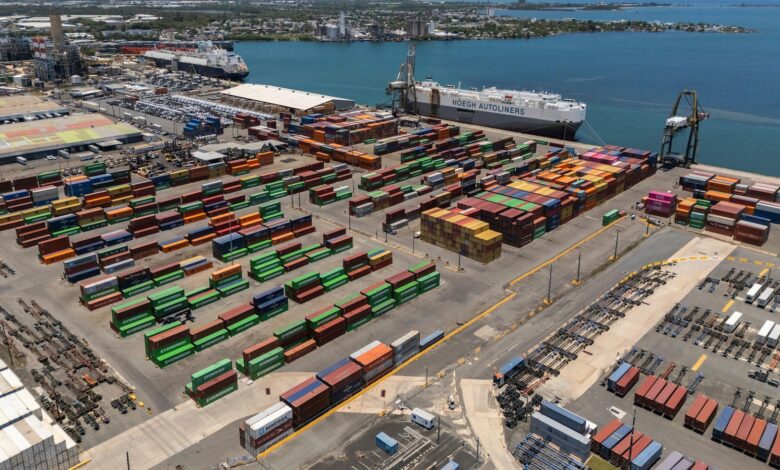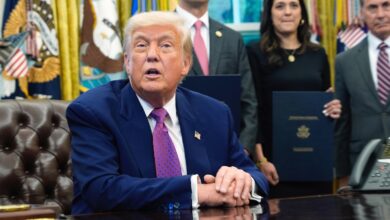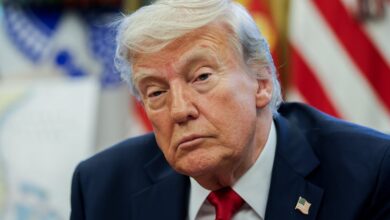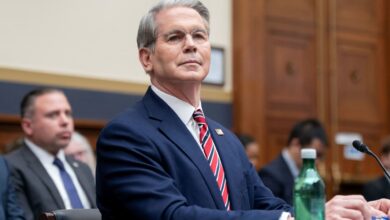Puerto Rico seeks to lure manufacturing to boost economy as Trump tariff war deepens

The economy of Puerto Rico is on the brink of a major transformation as the U.S. territory seizes the opportunity presented by the global trade war. Government officials are actively reaching out to international companies, offering them the chance to relocate their manufacturing plants to the island and benefit from exemption from tariffs.
Puerto Rico, emerging from a historic bankruptcy and grappling with chronic power outages, sees this as a lifeline for its fragile economy. With federal funds comprising more than half of its budget and facing potential cuts under the Trump administration, the island is in urgent need of economic revitalization.
Manufacturing is a key industry in Puerto Rico, accounting for nearly half of its GDP. The government is keen on recapturing the glory days when the island was home to numerous big-name companies, especially in the pharmaceutical sector. Efforts are underway to attract between 75 to 100 companies from sectors like aerospace, pharmaceuticals, and medical devices to consider relocating operations to Puerto Rico.
Invest Puerto Rico, a public-private partnership promoting the island as a business destination, is spearheading the initiative. Officials are conducting tours to showcase Puerto Rico’s infrastructure and emphasize the benefits of operating on the island. The government is also working on streamlining the approval process for construction of pharmaceutical manufacturing facilities, following an executive order signed by President Trump.
Puerto Rico has a rich history in manufacturing, with pharmaceuticals and chemicals leading the way. The island remains a significant player in the U.S. exports of pharmaceuticals and medicines. However, challenges like energy infrastructure and transportation costs pose obstacles to attracting more companies.
Despite the hurdles, Puerto Rico’s government is optimistic about the potential for growth. By leveraging its U.S. jurisdiction, tax incentives, and skilled workforce, the island aims to position itself as an attractive destination for international companies. Collaboration with universities to align curriculums with industry needs is also in the works.
While Puerto Rico’s energy problems persist, efforts are underway to explore alternatives like cogeneration and renewables. The island’s costly and inefficient energy system presents a challenge, but officials are optimistic about finding solutions.
In conclusion, Puerto Rico is at a crucial juncture in its economic development. By capitalizing on the opportunities presented by the global trade war, the island has the potential to revitalize its economy and attract new industries. With strategic planning and collaboration, Puerto Rico can pave the way for a brighter future.





